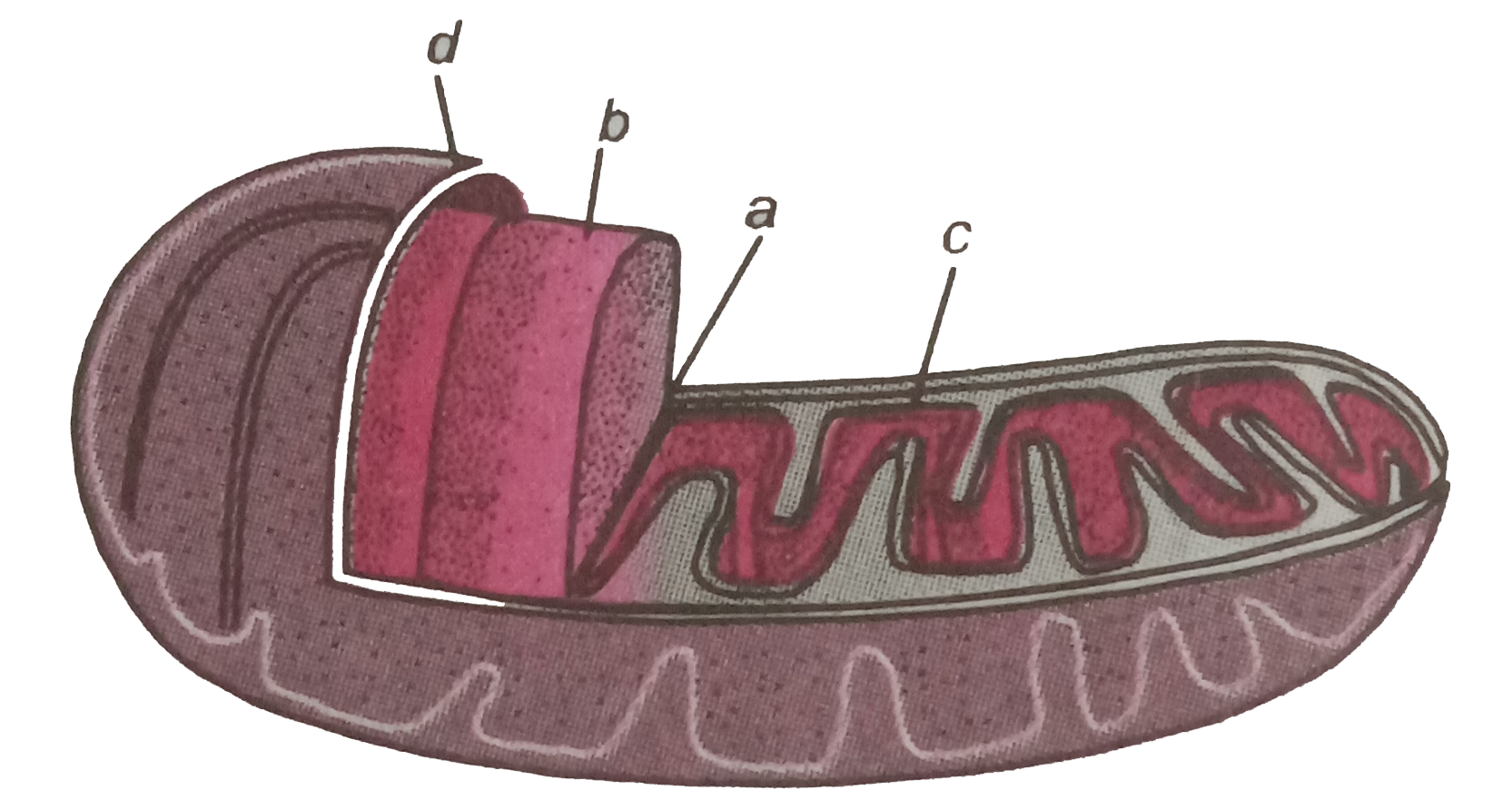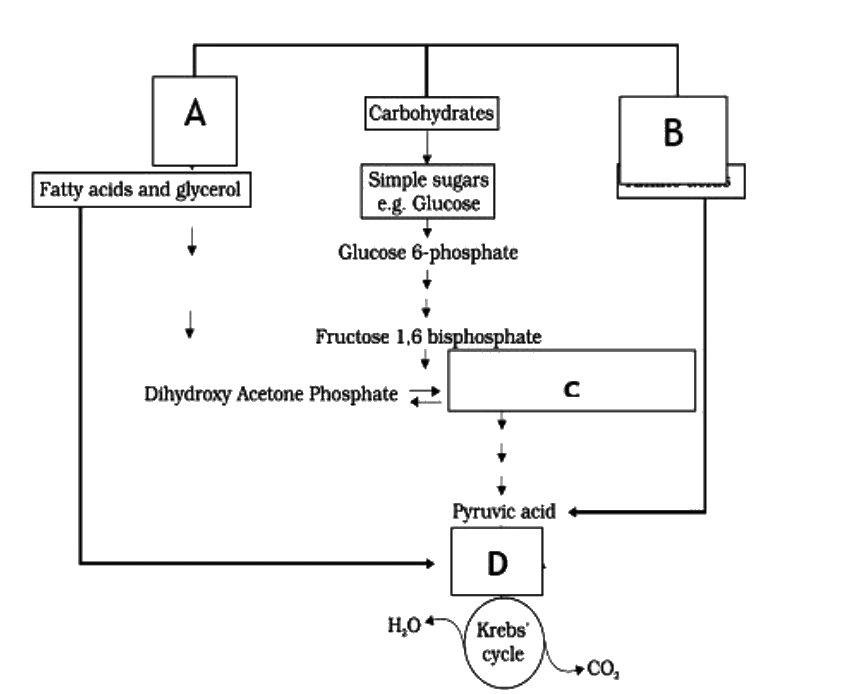Select the correct answer from A, B, C & D - Metals lose electrons during ionization - this change is called A: Oxidation B: Reduction C: Redox D: Displacement.
To solve the question, we need to analyze the options given and understand the concepts of oxidation and reduction in the context of ionization of metals.
1. Understanding Ionization:
- When a metal ionizes, it loses electrons to form a positively charged ion (cation). This process is crucial in understanding how metals behave in chemical reactions.
2. Defining Oxidation:
- Oxidation is defined as the process of losing electrons. When a metal loses electrons during ionization, it is undergoing oxidation.
3. Defining Reduction:
- Reduction is the opposite of oxidation; it involves the gain of electrons. Since we are focusing on the loss of electrons in this scenario, reduction is not the correct answer.
4. Defining Redox:
- A redox reaction is a combination of oxidation and reduction processes occurring simultaneously. While this term is relevant in broader contexts, it does not specifically describe the process of a metal losing electrons.
5. Defining Displacement:
- Displacement reactions involve one element being displaced by another in a compound. This term does not apply to the process of ionization of metals.
6. Conclusion:
- Since the question specifically asks about the process of a metal losing electrons during ionization, the correct answer is A: Oxidation.
Final Answer:
A: Oxidation
- When a metal ionizes, it loses electrons to form a positively charged ion (cation). This process is crucial in understanding how metals behave in chemical reactions.
- Oxidation is defined as the process of losing electrons. When a metal loses electrons during ionization, it is undergoing oxidation.
- Reduction is the opposite of oxidation; it involves the gain of electrons. Since we are focusing on the loss of electrons in this scenario, reduction is not the correct answer.
- A redox reaction is a combination of oxidation and reduction processes occurring simultaneously. While this term is relevant in broader contexts, it does not specifically describe the process of a metal losing electrons.
- Displacement reactions involve one element being displaced by another in a compound. This term does not apply to the process of ionization of metals.
- Since the question specifically asks about the process of a metal losing electrons during ionization, the correct answer is A: Oxidation.
A: Oxidation
Topper's Solved these Questions
- CHEMICAL BONDING BOOK - ICSECHAPTER - CHEMICAL BONDING EXERCISE - ADDITIONAL QUESTION
24 Videos
- CHEMICAL BONDING BOOK - ICSECHAPTER - CHEMICAL BONDING EXERCISE - UNIT TEST PAPER 2
17 Videos
- CHEMICAL BONDING BOOK - ICSECHAPTER - CHEMICAL BONDING EXERCISE - Questions from Previous ICSE Board Papers (2018)
6 Videos
- ANALYTICAL CHEMISTRY-USE OF AMMONIUM & SODIUM HYDROXIDEBOOK - ICSECHAPTER - ANALYTICAL CHEMISTRY-USE OF AMMONIUM & SODIUM HYDROXIDEEXERCISE - Additional Questions
6 Videos
- CHEMISTRY 2011BOOK - ICSECHAPTER - CHEMISTRY 2011EXERCISE - SECTION-II
48 Videos
Similar Questions
Knowledge Check
During ionisation metals lose electrons, this change can be called :
AOxidationBReductionCRedoxDDisplacement
Select the correct set of names for the parts A,B,C,D


View SolutionSelect the correct labelling out of a, b c and d of mitochondrian

View SolutionChoose the correct answer from the options A,B,C & D given : The reason for using aluminium in the alloy duralumin is :
View SolutionSelect the correct answer:
The no. of electrons in the valence [outermost] shell of a halogen is A:1, B:3, C:5, D:7
View SolutionSelect the correct explanation for the label a,b,c and d

View SolutionChoose the correct answer from the options A,B,C&D given: The most electronegative element from the following elements is:
View SolutionSelect the correct answer from A, B, C, D & E for each statement given below:
A: Colloidal B: Fused calcium chloride C: Solvent D: Suspension E: Washing soda
A drying agent placed in desiccator.
View Solution

